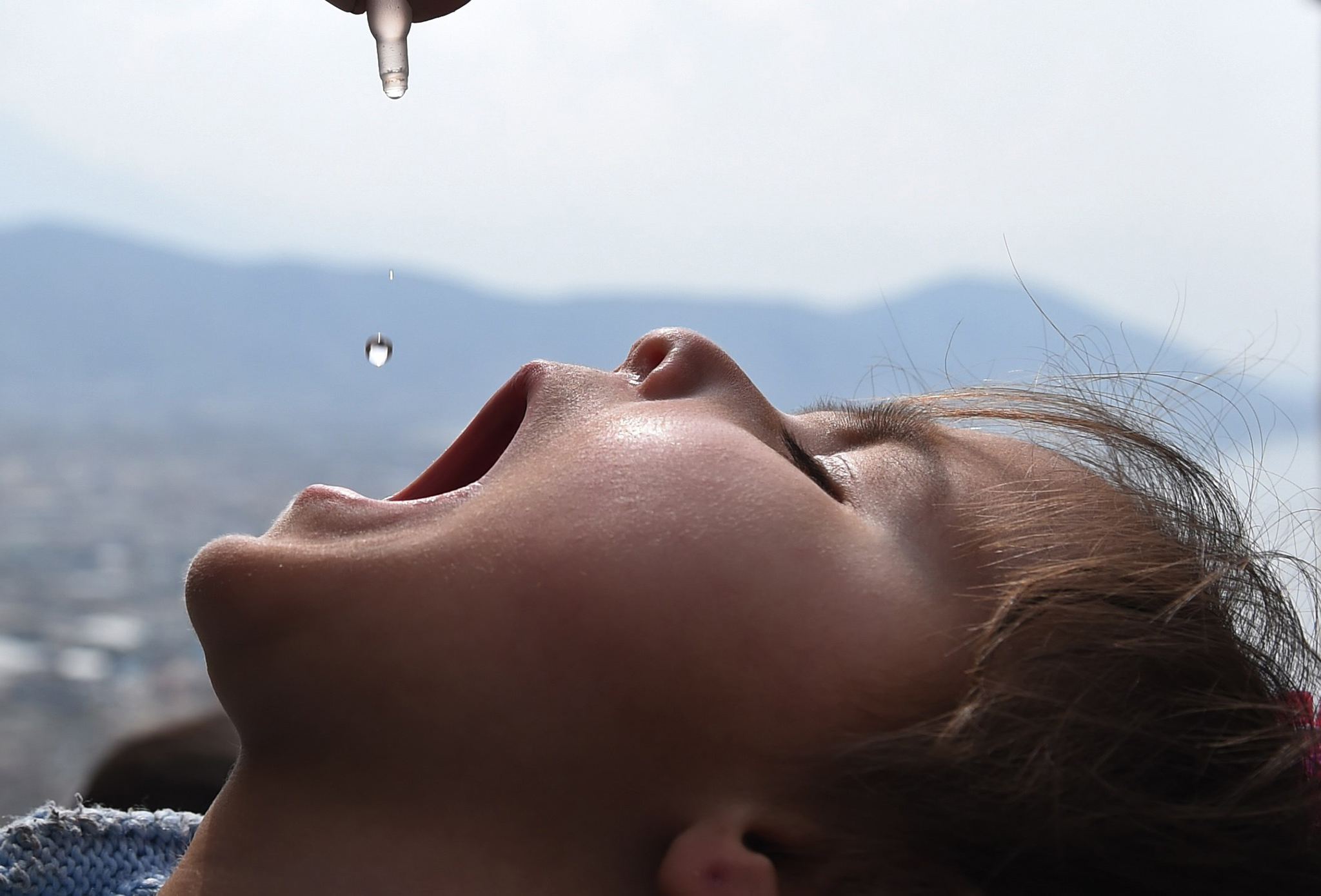Iran has been given the task of polio vaccine production required for immunization against the disease in polio-endemic countries such as Afghanistan and Pakistan by the World Health Organization (WHO), said Mostafa Qanei, head of Iran Pasteur Institute (IPI).
“In order to fulfill the responsibility, a memorandum of understanding (MoU) was signed between IPI and Shafa Darou, a knowledge-based company (affiliated to Bank Melli),” Qanei said on the sidelines of the MoU signing ceremony on Tuesday at the institute’s premises in Tehran.
Pakistan and Afghanistan which share common borders with Iran are the two remaining countries in the world where poliomyelitis (polio) is still categorized as an endemic viral infection.
Iran has the infrastructure to produce sufficient polio vaccine to meet the domestic needs of immunization programs and also for people in the neighboring countries, said Health Minister Hassan Qazizadeh Hashemi, who also attended the ceremony.
“We have the capacity to export surplus polio vaccine doses to both countries,” he said, adding that no new incidence of polio infections have been registered in Iran since 2001.
Mansour Samiee, managing director and vice chairman of the board of directors at Shafa Darou said that as per a new WHO protocol, oral polio vaccine (OPV) should be gradually replaced with inactivated vaccine (IPV) in all the countries of the world.
“Iran is committed to produce IPV as well as increase its production capacity to a level that meets our domestic needs as well as that of the two eastern neighbors within the next two years,” he said.
The initial investment for the production of IPV is about $7.5 million (300 billion rials).
Shift From OPV to IPV
Currently, OPV is produced at Razi Vaccine and Serum Research Institute (RVSRI) in Karaj, Alborz Province, but the WHO has said that in the next two years all countries should start using IPV instead of OPV, the former being more effective.
OPV is currently preferred in Afghanistan and Pakistan due to the endemic situation of polio in the two countries.
In the previous year that ended in March 2016, Iran imported IPV for the first time with the goal of reaching the global health agency’s target of introducing at least one dose of IPV into routine immunization programs in all countries by the end of 2015.
Presently, at least one dose of IPV is administered to Iranian babies as all four doses are unaffordable, given the high costs of the vaccine. The cost for each imported IPV vial is about $2 and 1.5 million babies are born annually who should be immunized. Each child should be administered four doses (at 2 months, 4 months, 6-18 months, and a booster dose at 4-6 years).
OPV is a live attenuated vaccine which is superior to IPV as it is easy to administer, and there is no need for sterile syringes, as with IPV. But a major concern about OPV is its ability to revert to a form that can cause paralysis.
So far, outbreaks of vaccine-associated paralytic poliomyelitis (VAPP) have been reported in many countries. For example, in 2006 about 1,600 cases of vaccine-induced polio occurred in India.
According to WHO, routine immunization with OPV must cease after the eradication of poliovirus because of the danger of outbreaks of circulating vaccine-derived poliovirus and the risk of VAPP.


